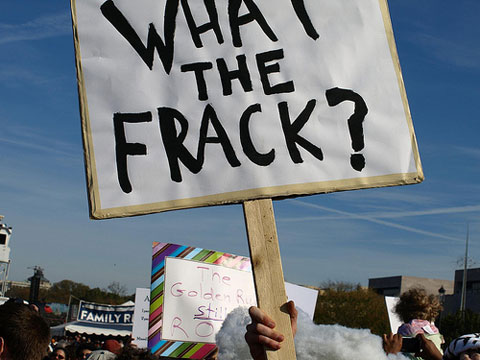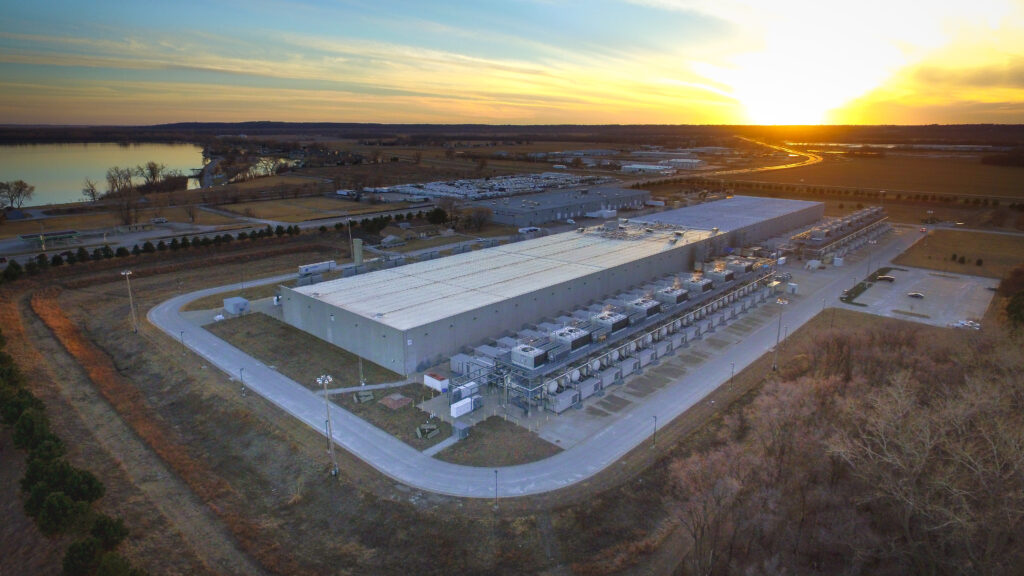An industry executive accidentally dropped a talking points memo [PDF] in an Ohio woman’s driveway after coming to her home to talk about leasing her land for hydraulic fracturing. The memo reveals the extreme lengths that oil and gas companies will go to in order to ensure that people lease their land for hydraulic fracturing.
Called “Talking Points for Selling Oil and Gas Lease Rights,” it is designed for Field Agents to outline how to respond to commonly asked questions, and more importantly, how to avoid answering the hard ones.
What it amounts is essentially trickery on the part of oil and gas companies. The memo suggests that companies are well aware of the dangers of hydraulic fracking, and have found ways to spin the facts around people’s concerns in the name of profit. It also implies that these companies are perfectly willing to intentionally misinform, deliberately omit facts, and categorically deceive people on issues that effect their homes, their families and their health.
By using these tactics, oil and gas companies can sign 5 year leases on land that can legally be extended for up to 40 years if the well continues to produce. As people begin to clue in to the dangers of hydraulic fracturing, oil and gas companies understand the immediacy by which they must sign leases.
Some of the key points in the memo encourage crafty techniques to pressure homeowners into signing leases. For example:
- “Tell the landowner that all their neighbors have signed. Even if the neighbors have not, this often will push an undecided landowner in favor of signing.”
- “Stress to the landowner that we are primarily looking for oil resources. Searching for oil is less environmentally damaging than the claims against fracing.”… “While it is true that we will be able to evaluate the well in the shale layer for suitability for fracing and gas development, stress the initial hope of finding oil. Any distinction may be enough to finalize the lease.”
- “Well Spacing- This rarely comes up. Landowners do not realize that multiple wells will be necessary. Wells are most effective if spaced 40 acres or further apart. This sounds like a large number, use it. Some might ask how many wells will he in a square mile. Don’t answer that question. Most landowners will not realize that 10-20 wells can be placed in a square mile. Landowners normally own less than 5 acres, unless it is a farm. 40 acres will be a large enough number that wells will seem to be far apart in their mind.”
They also rely on people’s lack of knowledge to misinform them:
- “Most landowners will not know the difference between hydraulic fracturing and the process of Slick Water Hydraulic Fracturing. Use this to your advantage. If anyone knows about slick water fracturing, avoid the topic. DO not discuss the chemicals and other material used during slick water fracturing … Reassure landowners that no well contamination has ever been documented.”
They also employ underhanded tactics to target men who are more likely to sign leases:
- “Men are more likely to sign than women. Men don’t like to believe that you know more than they do, so they are also less likely to ask questions. In the state of Ohio the husband can sign the lease without spousal permission. Go that route if required. Tell them it is their decision. Write the lease agreement with only the husband’s name on the paperwork. This will make it more likely that they will sign alone. Men are also more conservative, and more likely to want oil and energy independence. Women will have more concern for the environment and will challenge you more often.”
The report closes with a note to intentionally deceive people about the reported radioactivity of groundwater due to hydraulic fracturing. According to the memo, employees are to:
- “ENSURE you tell the landowner that we use NO RADIOACTIVE materials. The radioactivity comes from natural sources in the ground and is released by the process, but don’t tell them this. Most landowners will not know.”
These talking points are chilling. Treehugger, who first broke the story, has yet to confirm the authenticity of the document, or which oil company it came from. If it is real, which it appears to be, it proves the industry is willing to go to almost any length to secure as many rights as quickly as possible. For that, we should be very afraid.
Photo Credit: LT Mayers
Subscribe to our newsletter
Stay up to date with DeSmog news and alerts






